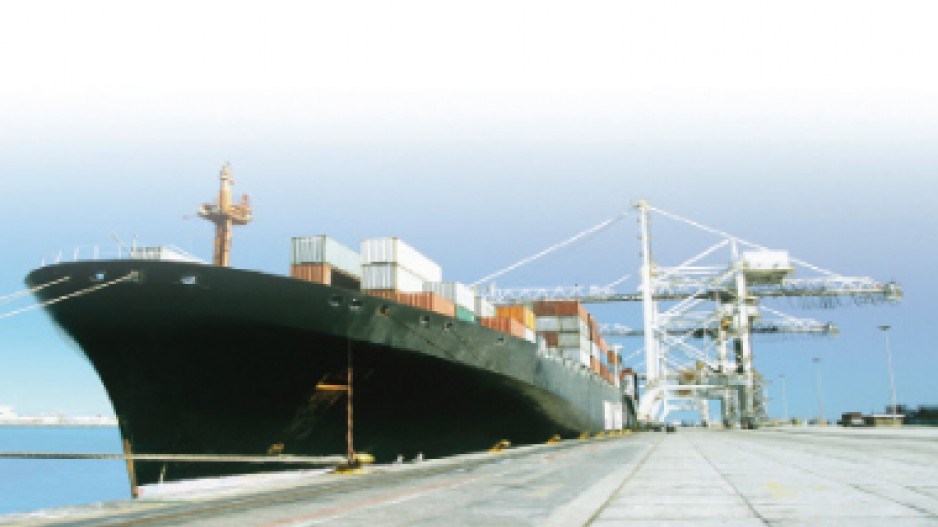When it comes to the engine powering future economic growth in Canada, prepare for a fuel switch: the indebted Canadian consumer is tapped out and will have to be replaced by an increase in exports, especially to emerging markets in Asia.
“What we see going on in Canada right now is a rather difficult transition … Consumers have been carrying the burden of growth for the past few years,” said David Watt, chief economist for HSBC, at a presentation February 25. He appeared alongside Pedro Antunes, deputy chief economist at the Conference Board of Canada.
“They’re now getting tired and need to have someone else step up.”
Canadian consumers now carry record-high levels of debt from mortgages, lines of credit and credit cards. The strain that is putting on households, along with ongoing government fiscal restraint, has led the Conference Board of Canada to forecast a modest 2.3% growth in gross domestic product for 2014.
But boosting exports is going to be a challenge. Canada’s trade deficit has been steadily increasing, especially in non-resource exports. The country also struggles with low productivity, with businesses unwilling or unable to invest in new equipment, training and innovation.
“We haven’t kept up with the U.S. and other countries on the productivity front,” Antunes said, describing the 2000s as “a lost decade for trade.”
Paradoxically, Canada’s relatively speedy recovery from the global financial crisis has contributed to uncompetitive labour costs. Coupled with a high Canadian dollar, that’s hurt the manufacturing sector.
“In the United States, they’ve had little employment growth, wages have been relatively downbeat, and so we haven’t had that support for the economy,” Watt said. “One of the implications of that is that labour costs in Canada continued to rise; labour costs in the U.S. have been relatively stalled.”
A falling Canadian dollar will help to boost exports, said both Watt and Antunes, but don’t look for the dollar to fall below about $0.85.
To become more competitive and grow exports, Canadian businesses are going to have to adapt to a relatively high currency, Antunes said. They will also have to understand what Asian consumers need and want.
They’re going to have to identify the fastest-growing markets — such as India, Brazil and China — and look to compete by exporting high-quality goods and services like engineering and financial services. They will also have to understand what Asian consumers need and want.
“Realize that these markets are exceptionally dynamic,” Watt said. “We’re no longer competing against cheap Chinese labour — we’re talking about export opportunities either as part of the value chain, so being part of producing a larger product but we’re providing one part of it, but also to provide final goods to the Asian consumer.”
For British Columbia, the export story will be focused on resources, Watt said, such as wood products, coal and metal ores and increasingly energy. He noted that B.C. has made headway in diversifying its lumber exports away from the U.S. and into China, and the market for the province’s potential liquefied natural gas industry would be solely in Asia.
Watt also believes that a settled-down Canadian dollar — opposed to the steadily rising currency seen between 2002 and 2008 — will also help to narrow the productivity gap.
“When I talk to Canadian businesses, they understand what’s going on,” Watt said. “What’s been going on recently, since the financial crisis, companies are starting to realize they need to make the investments in machinery and equipment.”




